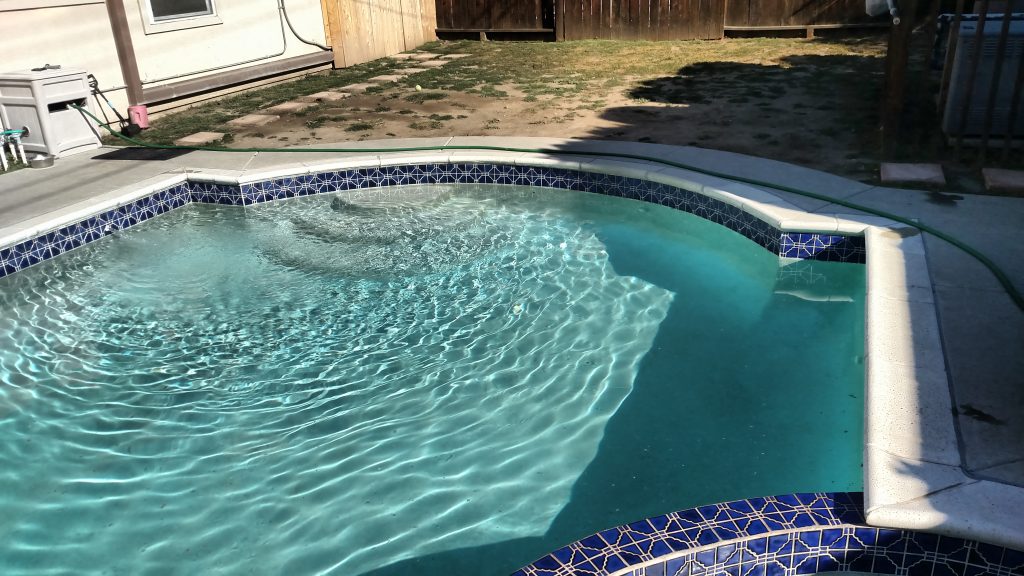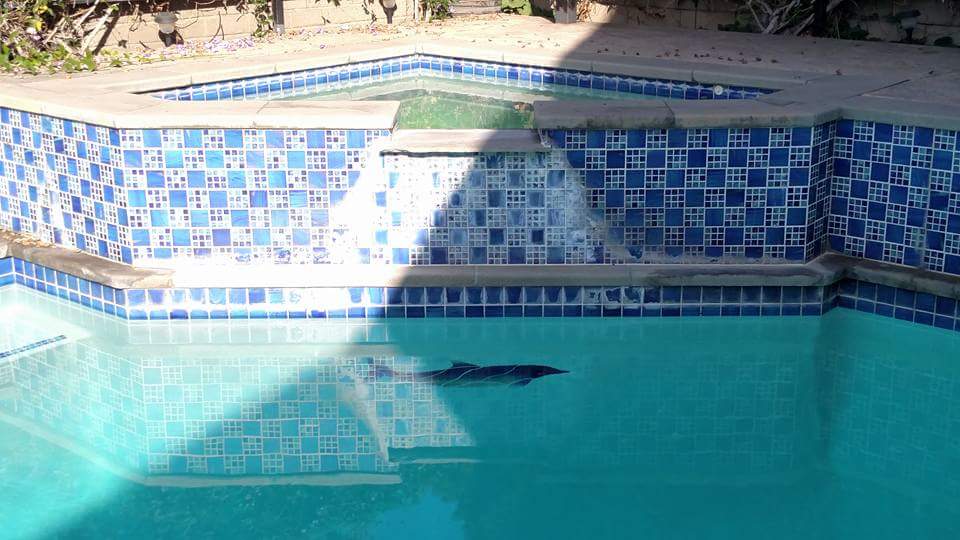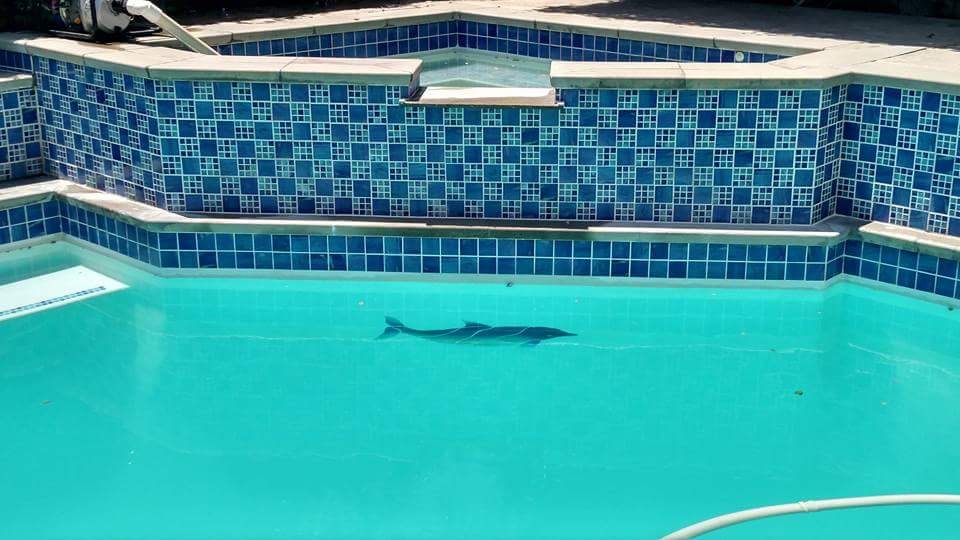Calcium deposits, or efflorescence, form when excess moisture inside cement rises to the surface. These white powder deposits are common in basement walls, floors, and other cement surfaces.
Although efflorescence is not harmful to cement, excessive amounts of it can cause fungal or insect problems. Once the calcium deposits harden, they are virtually impossible to remove without acid solutions.

Stronger acids are required for the heavier calcium deposits.
Instructions
- Dress appropriately for security purposes. Wear protective clothing, goggles, acid-resistant gloves, and a mask equipped with an acid-grade filter.
- Set a portable fan nearby and open the windows to provide adequate air circulation. Fill a spray bottle with acetic acid.
- Spray the acetic acid generously on the calcium deposits. Allow the acid to penetrate the cement for the recommended amount of time. Follow the manufacturer’s instructions on the product label.
- Scrub the cement with a hard bristle brush to dissolve the calcium deposits. Continue to apply acetic acid and scrub the cement until all calcium deposits are removed.
- Sprinkle baking soda generously over clean cement to neutralize the acid. While the acid neutralizes, fill a plastic bucket with water.6 Clean the affected surfaces promptly to restore the appearance of the cement and prevent future problems. To do this, cement thoroughly rinsed with water, using a coarse sponge. Allow the cement to air dry.
Tips and warnings

- You can substitute hydrochloric acid for acetic acid. However, never use hydrochloric acid inside or mix it with any chemical.
- Be very careful when using acetic acid; It is highly corrosive to the skin.
Cleaning with vinegar
Baking soda, borax, dish soap, toothpaste, and vinegar can be used in much the same way to clean calcium deposits, so you can use most of the information related to the vinegar and apply it also to cleaning agents.
What you need for cleaning with vinegar:
- A cleaning brush. With soft bristles, not metallic.
- A bottle of spray.
- Vinegar, a 5% solution.
Once you have these items, you can start cleaning.
- The first step is to stop all use of the pool until a water test can be performed. If the test reveals that the levels are within range, you can use a stain remover to remove deposits from the waterline. If the pH, alkalinity or calcium levels are too high, they should be reduced before using a scale and scale cleaner.
- It is recommended to start first by lowering the hardness of the water. The hardness can only be lowered by partially draining and then filling the pool. Your pool needs a hardness level of 200 ppm to 400 ppm. A level of hardness above 400 ppm can lead to scale formation on the surface of the pool and equipment and can also cause cloudy water.
- Once the pool has drained, and filled again, check that the hardness is within range. If it is not, you must repeat step 2 until you normalize the hardness. Only in that case can you adjust the alkalinity. You should retest before doing so because the alkalinity should be lower than before. To reduce alkalinity, you can use dry acid or muriatic acid. The necessary amount of any of the chemical products will vary according to the size and volume of the pool and the reading of alkalinity.
- Once the alkalinity is within the range, the pH can be adjusted. For this, a negative pH is used, in case of a high pH. Once the pH is balanced, we can move on to the final step.
- The final step will be to use the vinegar. Before adding the product, (following the package instructions), make sure you have a pool brush handy to brush the walls as needed. There are no special tricks. You can put the vinegar in the bottle and spray the solution on the calcium deposits or simply pour it from your own bottle, then use the brush to scrub.
These types of cleaners tend to work quite well if you detect and solve the problem from the beginning, and of course, you should use them fairly regularly to avoid accumulation.
If you do all these steps, and still have lime deposits that are difficult to remove, try the following.

Cleaning with muriatic acid
With the vinegar and the other mild cleansers that we have already mentioned, you can enter the pool while you are cleaning. With muriatic acid, however, this is not recommended.
Muriatic acid is more powerful and more dangerous when handling. You can find this chemical in a home improvement store or pool supply store.
What you need for cleaning with muriatic acid:
- Muriatic acid container.
- Safety glasses.
- Rubber gloves.
- Respirator.
- Plastic cube.
- Measuring cup of plastic.
- Plastic spoon
- Plastic spray bottle.
- Marker.
- Non-abrasive scourer
This list of materials is enough for you to realize that this goes beyond the maintenance of the pool for beginners. We want to remind you that muriatic acid is dangerous.
- Put on goggles, gloves, and the respirator. Then head outside with all your ingredients to start mixing. Absolutely do not attempt to mix in a closed area.
- Fill your bucket with four liters of water. Pour 230 grams of muriatic acid with the measuring cup slowly into the water. Always pour the acid in the water instead of the other way round, as the acid is more likely to splash. Another thing to keep in mind is that you should pour slowly since this mixture produces heat.
- With the plastic spoon, mix the water and the acid. Again, do it slowly, because you do not want it to boil.
- Carefully fill the plastic bottle with a mixture of water and acid.
- Use the marker to label the measuring cup, spoon and spray bottle with “Muriatic acid”. Do not try to use the chemical for anything else. If you are worried that this may happen, leave the bottle aside for proper disposal.
- You should always stay out of the pool, use the spray bottle to spray the waterline of the pool and rub with the non-abrasive scouring pad.
Get in touch with your local pool supply company or with the municipality to learn how to get rid of any unused muriatic acid. Do not simply discard it or pour it down the drain.
Because muriatic acid is much stronger than vinegar or other cleaning products mentioned above, you can eliminate calcium deposits that are much more advanced. That said, with deposits that have been growing and hardening for a long time, sometimes even muriatic acid is not enough.
If that is your situation, you have a remaining option. Pressure washing.



